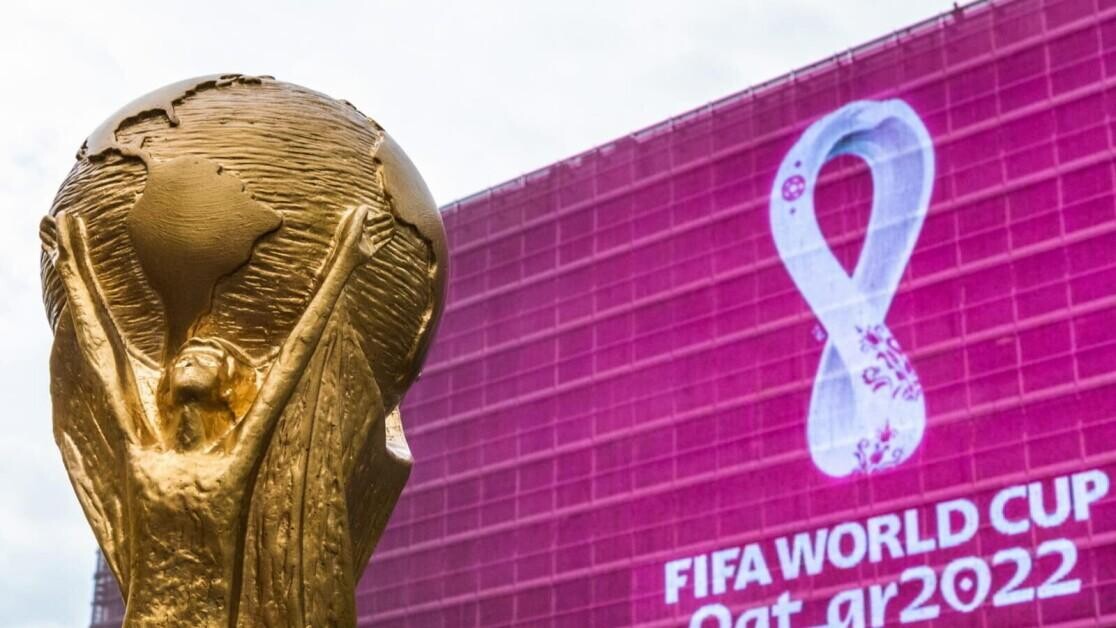
Your data guide to football betting, Dan Tracey shows you where the numbers point before the market catches up.
Although the global football community is shaping for this year’s World Cup in Qatar, there is still some focus being placed on what happens four years later and with North America taking possession of the hosting baton, we are set for the biggest tournament yet.
Not only because of the marketing spin that will be attached to the 2026 World Cup, but for the simple reason of more nations being invited to the party and with 48 eventually making their way stateside, it is going to need a plethora of stadia to stage the fixtures.
While one of those is set to be in the Canadian city of Toronto and with the BMO Field having a capacity of just 30,000 at present – albeit it will be increased to 45,000 by the time 2026 comes around, it got us thinking about World Cup attendance in the past.
This means it is time for another of our data-driven dives now, as we have researched the attendance of every single game that has taken place in the tournament’s history. From the opening game of the 1930 World Cup to the final in 2022, we have it all covered.
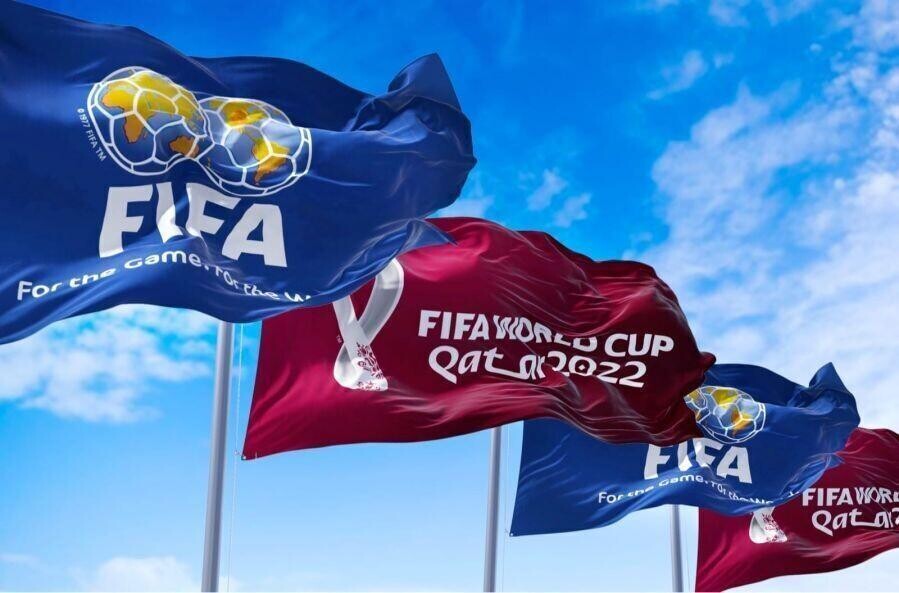
PERCENTAGE SOLD
With a rich data source, the best place to start is by looking at the percentage of tickets sold per World Cup and see if we can spot any trends since 1930.
| Year | Venue Count | Tickets On Sale | Tickets Sold | % Tickets Sold |
|---|---|---|---|---|
| 1930 | 3 | 1,040,000 | 590,549 | 56.78% |
| 1934 | 8 | 729,953 | 363,000 | 49.73% |
| 1938 | 10 | 626,576 | 375,700 | 59.96% |
| 1950 | 6 | 2,130,000 | 1,045,246 | 49.07% |
| 1954 | 6 | 1,257,088 | 759,511 | 60.42% |
| 1958 | 12 | 1,201,578 | 821,590 | 68.38% |
| 1962 | 4 | 1,061,398 | 893,192 | 84.15% |
| 1966 | 8 | 1,996,882 | 1,562,835 | 78.26% |
| 1970 | 5 | 2,020,822 | 1,603,975 | 79.37% |
| 1974 | 9 | 2,596,065 | 1,861,253 | 71.70% |
| 1978 | 6 | 1,940,304 | 1,541,518 | 79.45% |
| 1982 | 17 | 2,835,973 | 2,110,263 | 74.41% |
| 1986 | 12 | 2,928,936 | 2,364,531 | 80.73% |
| 1990 | 12 | 2,636,905 | 2,516,215 | 95.42% |
| 1994 | 9 | 3,706,992 | 3,587,538 | 96.78% |
| 1998 | 10 | 3,035,250 | 2,779,687 | 91.58% |
| 2002 | 20 | 3,219,364 | 2,705,197 | 84.03% |
| 2006 | 12 | 3,383,000 | 3,359,439 | 99.30% |
| 2010 | 10 | 3,442,992 | 3,178,676 | 92.32% |
| 2014 | 12 | 3,485,943 | 3,429,843 | 98.39% |
| 2018 | 12 | 3,080,085 | 3,031,768 | 98.43% |
| 2022 | 8 | 3,404,252 | 3,520,029 | 96.71% |
One thing that certainly leaps off the page is the fact that the World Cup has certainly become more popular since its inaugural offering in 1930. Because in the year that Uruguay won their first of two outright successes, only 56.78% of all available tickets were sold.
Fast forward football another 88 years and Russia’s hosting of the tournament saw the second highest overall percentage of tickets sold at 98.43% and the only other World Cup to top this was Germany 2006 when 99.3% of seats were filled.

In addition to this, the 2022 World Cup in Qatar saw 96.71% of all seats sold. This means that the last three completed tournaments have seen more than 96% sold in each tournament and in four out of the last five – only 2010 in South Africa missing out on hitting this figure.
While since 1990 there has seemingly been a turbocharge when it comes to the marketing of the World Cup and since Paul Gascoigne’s tears in Turin, this and six of the next seven tournaments sold more than 90% of all available tickets.
The only outlier in this 1990 and beyond sample was when the World Cup went to Asia for the first time and although South Korea made it to the final four as joint hosts with Japan, this edition did not quite capture the imagination of fans across globe.
Whether that was because of travel distance for many involved and the fact hosting rights were shared – which in itself would mean logistics would be much harder to plan for supporters of nations such as finalists Brazil or Germany is still to be argued today.
However, the one thing that cannot be argued is the fact that only 84.03% of all the tickets that were made available were sold. This also meant it was the least attended World Cup since 32 teams have appeared in the finals.
THE SHOWPIECE EVENT
Next up, we are going to look at each of the World Cup finals that have taken place since 1930 and see just how popular these matches were.
| Year | Team 1 | Team 2 | Venue | Attendance | Capacity | % Attendance |
|---|---|---|---|---|---|---|
| 1930 | Uruguay | Argentina | Estadio Centenario | 68346 | 90000 | 75.94% |
| 1934 | Italy | Czechoslovakia | Stadio Nazionale PNF | 55000 | 47300 | 116.28% |
| 1938 | Italy | Hungary | Stade Olympique de Colombes | 45000 | 60000 | 75.00% |
| 1950 | Uruguay | Brazil | Estadio do Maracana | 173850 | 200000 | 86.93% |
| 1954 | West Germany | Hungary | Wankdorf Stadium | 62500 | 64600 | 96.75% |
| 1958 | Brazil | Sweden | Rasunda Stadium | 49737 | 52400 | 94.92% |
| 1962 | Brazil | Czechoslovakia | Estadio Nacional | 68879 | 66660 | 103.33% |
| 1966 | England | West Germany | Wembley Stadium | 96624 | 98600 | 98.00% |
| 1970 | Brazil | Italy | Estadio Azteca | 107412 | 107247 | 100.15% |
| 1974 | Netherlands | West Germany | Olympiastadion, Munich | 75200 | 77573 | 96.94% |
| 1978 | Argentina | Netherlands | Estadio Monumental | 71483 | 74624 | 95.79% |
| 1982 | Italy | West Germany | Santiago Bernabeu | 90000 | 90089 | 99.90% |
| 1986 | Argentina | West Germany | Estadio Azteca | 114600 | 114600 | 100.00% |
| 1990 | West Germany | Argentina | Stadio Olimpico | 73603 | 73603 | 100.00% |
| 1994 | Brazil | Italy | Rose Bowl | 94194 | 94194 | 100.00% |
| 1998 | Brazil | France | Stade de France | 75000 | 80000 | 93.75% |
| 2002 | Germany | Brazil | International Stadium | 69029 | 72327 | 95.44% |
| 2006 | Italy | France | Olympiastadion | 69000 | 72000 | 95.83% |
| 2010 | Netherlands | Spain | Soccer City | 84490 | 84490 | 100.00% |
| 2014 | Germany | Argentina | Estadio do Maracana | 74738 | 74738 | 100.00% |
| 2018 | France | Croatia | Luzhniki Stadium | 78011 | 78011 | 100.00% |
| 2022 | Argentina | France | Lusail Iconic Stadium | 88966 | 88966 | 100.00% |
For those with an eagle eye you may spot a few statistical anomalies here and they come in the fact that a number of finals are listed with an over 100% attendance figure and the reason for this, is that health and safety were perhaps a bit looser in years gone by.
Because on three separate occasions stadia bursting at the seams and in 1934, 1962 and 1970 finals, there were more supporters who entered through the turnstiles than should have. While 1934 would have been an incredibly tight squeeze with 7,700 more through the door.
If we include these finals when looking at the stadia that did not have a spare seat in the house, we can see that ten World Cup final fixtures have hit the 100% marker (or beyond) and this has also been the case in each of the last four showpiece events.
This would have certainly put a smile on the face of the FIFA executives and especially after the three final events before this failed to sell every seat. Another point that is interesting here, is that seven of the last ten final matches have seen 100% attendance.
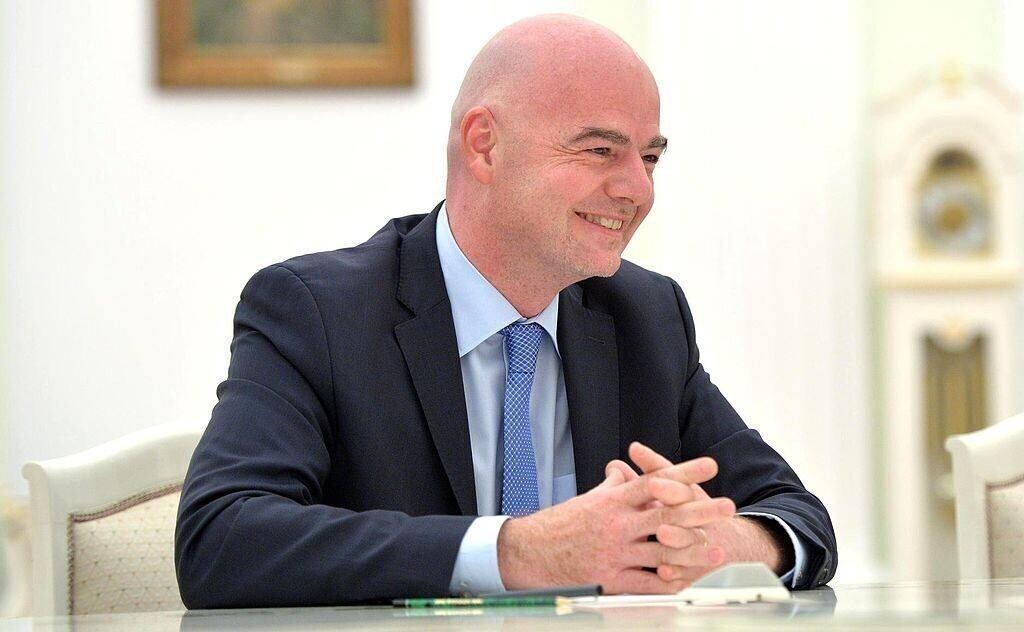
PhotoCredit: Kremlin.ru, CC BY 4.0 , via Wikimedia Commons
Therefore, seven of the last ten World Cup finals have been at full capacity, and bar the oversold examples that were mentioned above, no other match for the trophy between 1930 and 1982 was fully sold.
Of course, we could not conclude this section without mentioning 1966 and on the day that Sir Geoff Hurst scored three goals against West Germany, Wembley Stadium saw 98% of the ground filled by supporters of either nation.
THE FORGETTABLE CLASHES
With the World Cup returning back to North America in 2026, our next step is to take a data sample of every game that has taken place since 1994 and look at perhaps the more forgettable clashes that have taken place.
| Year | Team 1 | Team 2 | Venue | Attendance | Capacity | % Attendance |
|---|---|---|---|---|---|---|
| 2002 | Spain | Slovenia | Gwangju World Cup Stadium | 28598 | 42880 | 66.69% |
| 2010 | Denmark | Japan | Royal Bakofeng Stadium | 27967 | 42000 | 66.59% |
| 2002 | Poland | United States | Daejeon World Cup Stadium | 26482 | 40407 | 65.54% |
| 2010 | Slovakia | Paraguay | Free State Stadium | 26643 | 40911 | 65.12% |
| 2002 | Denmark | Sengeal | Daegu World Cup Stadium | 43500 | 68014 | 63.96% |
| 2002 | China | Costa Rica | Gwangju World Cup Stadium | 27217 | 42880 | 63.47% |
| 2002 | Germany | Paraguay | Jeju World Cup Stadium | 25176 | 42256 | 59.58% |
| 2010 | New Zealand | Slovakia | Royal Bakofeng Stadium | 23871 | 42000 | 56.84% |
| 2002 | Spain | Paraguay | Jeonju World Cup Stadium | 24000 | 42391 | 56.62% |
| 2002 | Paraguay | South Africa | Busan Asiad Main Stadium | 25186 | 55892 | 45.06% |
As we can see the 2002 and 2010 World Cups both were guilty of plenty of empty seats from time to time and this was highlighted by these two tournaments supplying each of the 10 lowest percentages of match attendance from 1994 onwards.
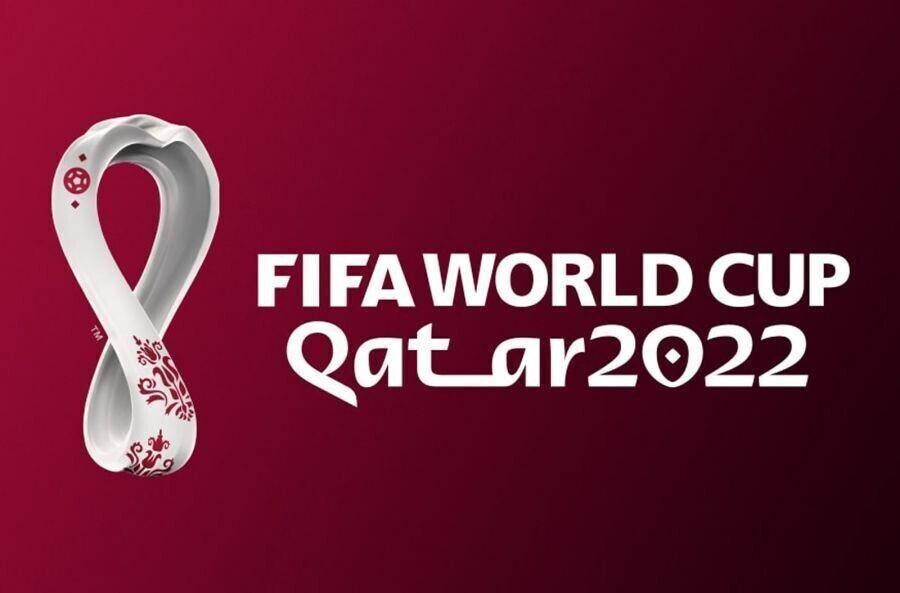
This means we must also spare a thought for Paraguay because they seem to be the most unloved of all the World Cup finalists. In the sample of 10 matches above, the South American nation makes the list of four separate occasions.
With the lowest percentage attendance since 1994 coming eight years later, as they and South Africa contested a World Cup clash at the Busan Asaid Main Stadium – one that saw just 45.06% of all available tickets sold.
NO SPARE SEATS
If the 10 matches above are the worst in terms of World Cup attendance, FIFA will at least be pleased to know that there are plenty of matches that have been sold out over the years and since the 1994 World Cup onwards, 123 out of the 500 matches contested have been to a full crowd.
With that in mind, here is a list of all the matches that have sold at least 75,000 seats since 1994:
| Year | Team 1 | Team 2 | Venue | Attendance | Capacity |
|---|---|---|---|---|---|
| 2002 | Germany | South Korea | Seoul World Cup Stadium | 65256 | 63961 |
| 2022 | Morocco | Portugal | Al Thumama Stadium | 44198 | 44000 |
| 1994 | Brazil | Italy | Rose Bowl | 94194 | 94194 |
| 2022 | Argentina | Mexico | Lusail Iconic Stadium | 88966 | 88966 |
| 2022 | Argentina | Croatia | Lusail Iconic Stadium | 88966 | 88966 |
| 2022 | Argentina | France | Lusail Iconic Stadium | 88966 | 88966 |
| 2010 | South Africa | Mexico | Soccer City | 84490 | 84490 |
| 2010 | Netherlands | Spain | Soccer City | 84490 | 84490 |
| 1994 | Brazil | United States | Stanford Stadium | 84147 | 84147 |
| 1998 | Brazil | Scotland | Stade de France | 80000 | 80000 |
| 1998 | Italy | Austria | Stade de France | 80000 | 80000 |
| 1998 | France | Saudi Arabia | Stade de France | 80000 | 80000 |
| 2018 | Russia | Saudi Arabia | Luzhniki Stadium | 78011 | 78011 |
| 2018 | Portugal | Morocco | Luzhniki Stadium | 78011 | 78011 |
| 2018 | Denmark | France | Luzhniki Stadium | 78011 | 78011 |
| 2018 | Germany | Mexico | Luzhniki Stadium | 78011 | 78011 |
| 2018 | Spain | Russia | Luzhniki Stadium | 78011 | 78011 |
| 2018 | Croatia | England | Luzhniki Stadium | 78011 | 78011 |
| 2018 | France | Croatia | Luzhniki Stadium | 78011 | 78011 |
| 1994 | Saudi Arabia | Morocco | Giants Stadium | 76322 | 76322 |
Once again it seems as if there was some rather selective security at the 2002 clash between Germany and South Korea. With a reported attendance of 65,256, it actually meant that the attendance when measured against official capacity was 102.02%.
However, for the other matches in the table above, the ticket plan was strictly adhered to and here we can see that six different stadiums were responsible for World Cup matches that involved 100% of seats sold.
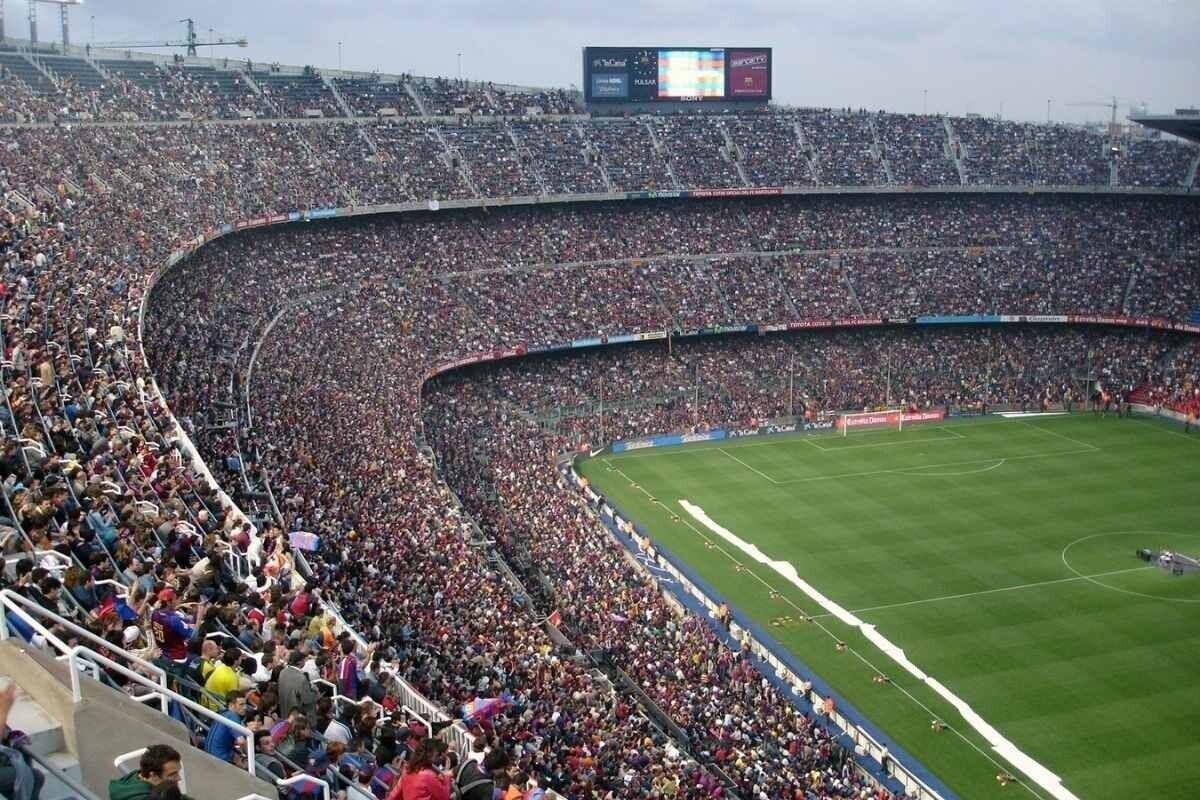
Then again, the same could have been said for Morocco’s clash with Portugal in Qatar. An official capacity of 44,000 was listed before the tournament got underway, an additional 198 fans somehow also watched The Atlas Lions progress.
While it is clear to see that the Argentina were the hottest ticket in town in Qatar. Their group stage clash with Mexico and both the World Cup semi-finals and final all saw every seat in the 88,966 capacity Lusail Iconic Stadium sold.
The ticket plan was strictly adhered to for these three matches and here we can see that nine different stadiums have been responsible for World Cup matches that involved 100% of seats sold (or just a little more)
Interestingly here, it is the United States that seemingly grabbed the excitement of a then smaller soccer community and although the uptake of the sport has been a lengthy one in America, the Rose Bowl, Stanford Stadium, and the Giants Stadium had no issues selling matchday tickets.
While the same could be said for each of Soccer City, Stade de France, and the Luzhniki Stadium and when you look at the latter of the three, it is fair to say that the Russian World Cup of four years ago was a success story.
A success story that North America will look to emulate in four years’ time. However, for each success story, there has also been a few disasters when it comes to busy turnstiles.
THE WORST OF THE WORST
| Year | Team 1 | Team 2 | Venue | Attendance | Capacity | % Attendance |
|---|---|---|---|---|---|---|
| 1930 | Chile | France | Estadio Centenario | 2000 | 90000 | 2.22% |
| 1930 | Romania | Peru | Estadio Pocitos | 2549 | 10000 | 25.49% |
| 1958 | Wales | Hungary | Rimnersvallen | 2823 | 17778 | 15.88% |
| 1934 | Germany | Sweden | Stadio San Siro | 3000 | 55000 | 5.45% |
| 1954 | Turkey | South Korea | Charmilles Stadium | 3541 | 35997 | 9.84% |
| 1950 | Switzerland | Mexico | Estadio dos Eucaliptos | 3580 | 20000 | 17.90% |
| 1930 | France | Mexico | Estadio Pocitos | 4444 | 10000 | 44.44% |
| 1950 | Uruguay | Bolivia | Estadio Independencia | 5284 | 30000 | 17.61% |
| 1962 | England | Bulgaria | Estadio El Teniente | 5700 | 18000 | 31.67% |
| 1962 | Czechoslovakia | Yugoslavia | Estadio Sausalito | 5890 | 18037 | 32.66% |
If we were to take the percentage of sales out of the equation and assess all the World Cup games that have taken place on a pure tickets-sold basis, it is the kind of reading that may have bought previous FIFA executives out in a cold sweat.
Take 1930 for example. Although this may have been in a time before the World Cup was a global marketing juggernaut, you would have still imagined an inaugural tournament could have drawn curiosity at the very least.
Although this was certainly not the case in the clash between Chile and France, as just 2,000 supporters watched the match. Not too bad a figure in itself, but when you place the fixture in the 90,000-seater Estadio Centenario, it would be easier to spot the empty seats.
The Cost of Empty Seats
Then again, things were not all that better in the meeting between Romania and Peru the same year and with just 2,549 through the door, the saving grace was its staging at the 10,000-seater Estadio Pocitos instead.
Not to ignore England in 1962 and although the Three Lions are always well backed by travelling support, this was not the case when the national side went to Chile. Because with just 5,700 in attendance when they Bulgaria squared off, this was the ninth-lowest figure of all-time.
With Qatar now passing the hosting baton to North America, they will be pleased with how the World Cup was viewed as a whole. It may have come in for some controversy but at the same time, it was arguably the greatest edition of the tournament we have ever seen. Bring on 2026!
